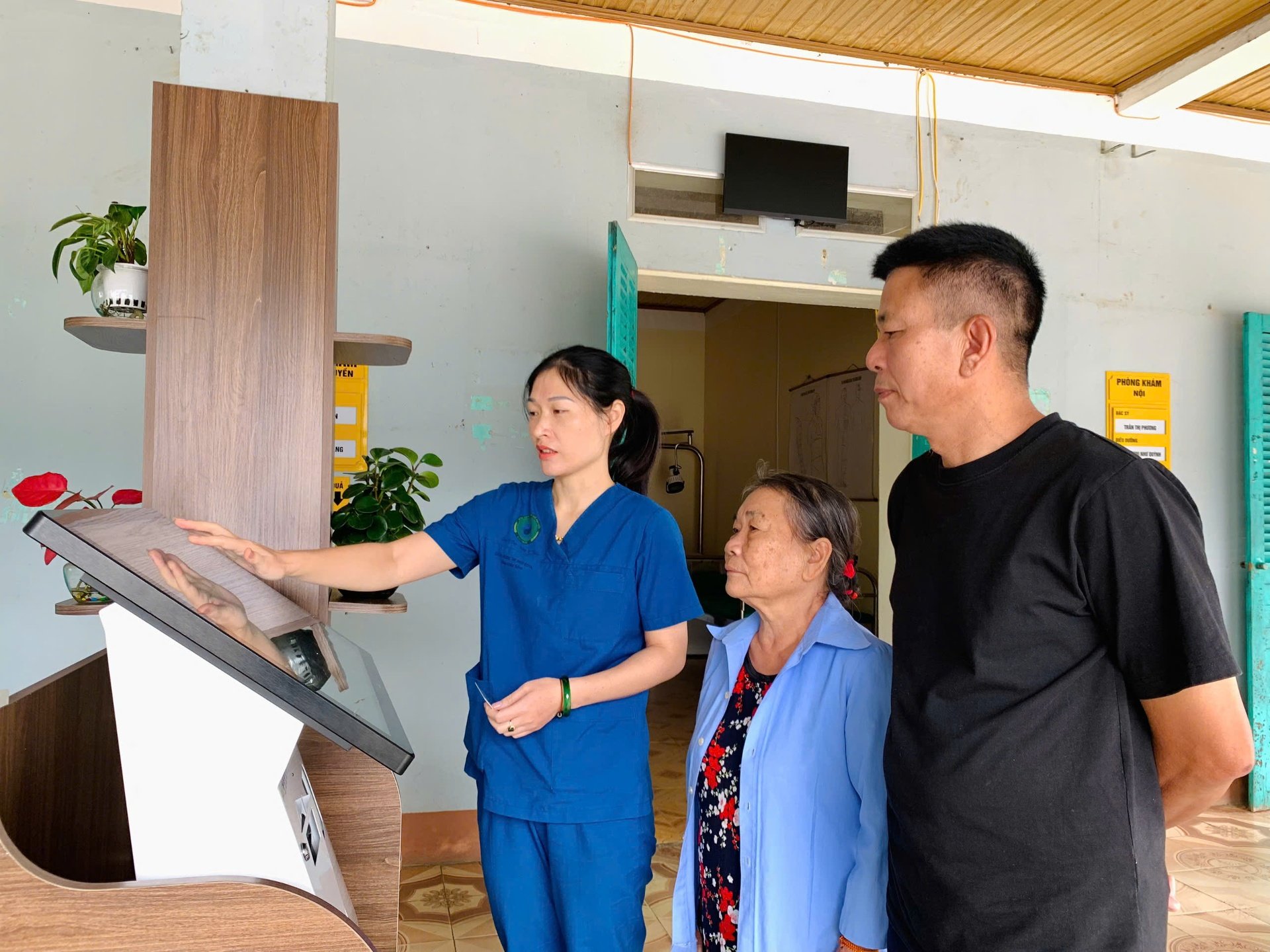
Medical staff guide people to get a medical examination number through the automatic kiosk at the Provincial Hospital of Traditional Medicine.
At the General Examination - Emergency Department, for many months now, instead of patients waiting in line like before, now, patients only need to use their citizen ID card to scan into the automatic Kiosk at the reception area to register for examination. This operation not only takes a queue number, but also helps all patient data to be transferred directly to the clinic, thereby, the doctor can identify the patient before examination. Thanks to that, waiting time is significantly reduced, patients can access medical services more quickly and conveniently.
Present early in the morning for a re-examination, Mr. Nguyen Ngoc Anh in group 22 (Tan Phong ward) shared: "I just need to simply scan my citizen ID card at the automatic Kiosk, the system immediately authenticates, displays information and routes the examination. The process is quick and convenient, without wasting time filling out paperwork or waiting long like before. Test and imaging results are also saved on the system, very convenient for future re-examinations."
The Provincial Traditional Medicine Hospital is a grade III provincial specialized hospital with 100 beds. Over the years, the hospital has performed well in the task of general medical examination, treatment and rehabilitation using traditional medicine, combining traditional medicine with modern medicine for patients. From June 1, 2025, at the Hospital, electronic medical records have completely replaced paper medical records. To implement this, the Hospital has invested in synchronous technology infrastructure, organized training on software usage skills for doctors and medical staff, and closely coordinated with technology solution providers to optimize the system.
Medical examination and treatment data are centrally managed through the hospital management system (HIS), electronic medical records (EMR), diagnostic imaging management system (RIS-PACS) and laboratory management system (LIS). Implementing electronic medical records also helps medical staff save time and focus more on professional work. Health information and medical history are fully stored, secured and can be quickly accessed on the system.
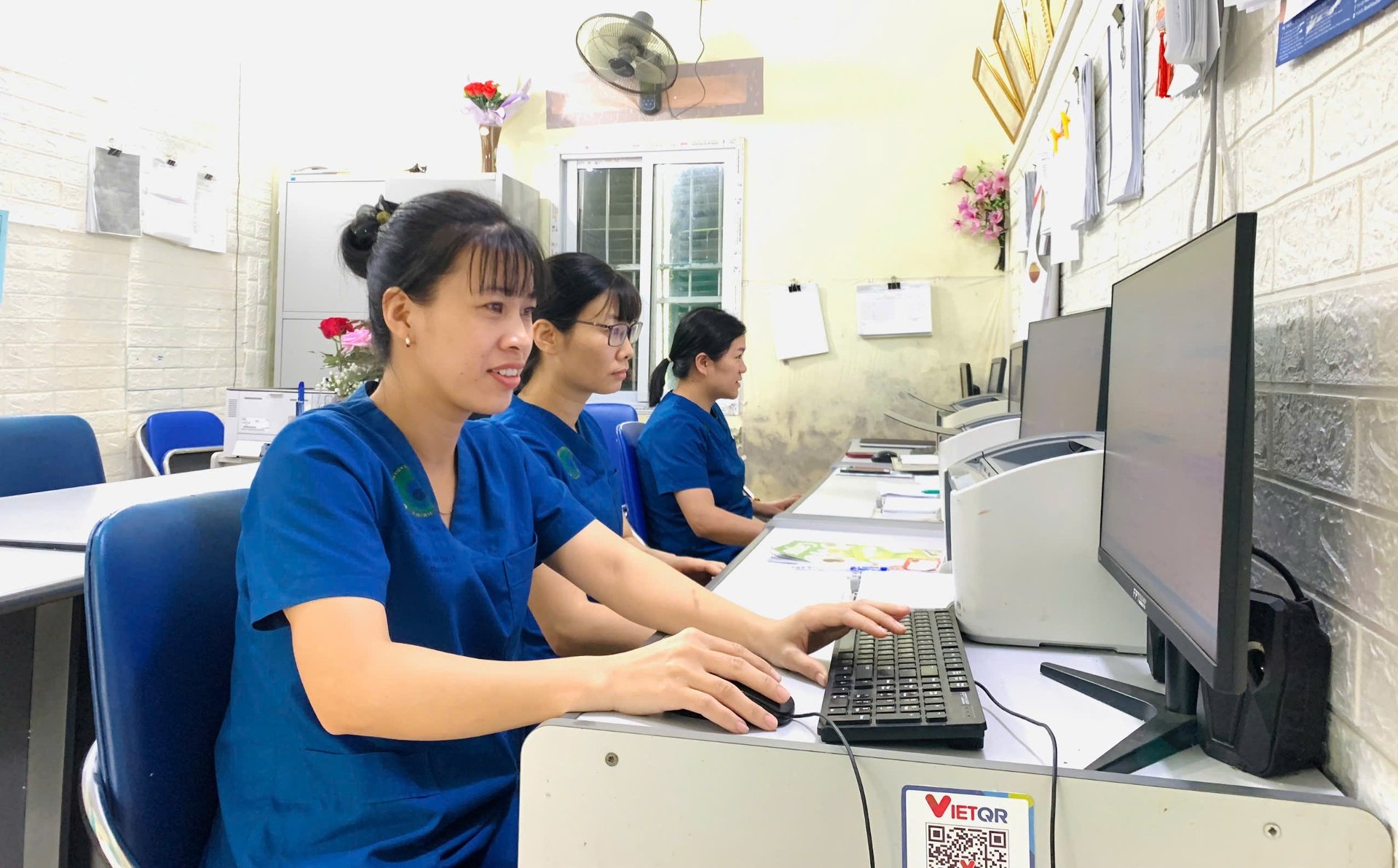
The team of doctors and medical staff at the Provincial Hospital of Traditional Medicine are proficient in using electronic medical records.
Dr. Hoang Thi Anh Tuyet - Deputy Head of the Department of Internal Medicine - Pediatrics - Five senses said: Electronic medical records are completely digitized, no need for paperwork, authenticated by fingerprints, digital signatures. The patient examination process is stricter and more secure. Patients entering the department have their biometrics taken by fingerprint on forms on the software such as: public form, allergy history form, and are instructed to use QR codes to download their results and paraclinical images during treatment at the hospital. In particular, medical staff only spend a little time accessing records to grasp information and give timely treatment instructions. Thanks to that, we have more time to carefully advise patients, improving service quality.
For inpatients, electronic medical records help to search, store and exploit information conveniently, accurately and safely. The hospital also implements regulations to ensure safety, security, and confidentiality of information; manage, operate and exploit the data system. Medical records are linked with the health insurance system, national prescriptions, and health examination records, creating a unified database.

Electronic medical records help doctors grasp the patient's medical history when examining and treating patients.
From June 1 to October 30, 2025, the Hospital created 2,307 electronic medical records; of which, 2,164 records completed treatment, 143 records were in treatment; 100% of payment records were sent to the health insurance appraisal portal immediately after the patient was discharged from the hospital, and at the same time, pushed to the industry data portal.
Dr. Ta Xuan Dong - Director of the Provincial Traditional Medicine Hospital affirmed: The application of electronic medical records and the "paperless hospital" model has brought about clear results. Since June 2025, the Hospital has issued regulations on ensuring safety, security, information confidentiality and patient privacy; management, operation, use of electronic medical records and digital signatures on electronic medical record management software; plans for management, operation, exploitation and use of the camera system. At the same time, issued procedures for data backup and recovery management; information security incident management; solutions, plans, and scenarios for preventing and overcoming incidents that cause information insecurity. In addition, accounts for using hospital management software and electronic medical records have been granted to all officers and civil servants; digital signatures and electronic signatures have been established; data connection and interconnection with the social insurance system, health examination records, and national prescriptions have been established; Implement medical examination registration via automatic kiosk.
For patients, the medical examination and treatment process becomes faster and more effective; reducing waiting time. Notably, electronic medical records also help enhance the ability to look up and share information between departments, rooms and medical facilities; the management and settlement of health insurance are more effective because electronic medical records allow the management of prescriptions, test orders, etc.
Putting electronic medical records into use at the Provincial Traditional Medicine Hospital not only brings immediate practical benefits, but is also an important preparation step for the roadmap to build a smart hospital project. When the technology infrastructure is synchronized, medical data is digitized, secured and connected, the hospital has the conditions to apply more modern utilities, improving the quality of medical examination and treatment. The initial results of the implementation of electronic medical records at the Provincial Traditional Medicine Hospital have contributed to creating a mark in the digital transformation of the Lai Chau health sector, aiming to gradually improve the quality of medical examination and treatment services, towards the goal of building a smart healthcare system, for the health and satisfaction of the people.
Source: https://baolaichau.vn/xa-hoi/hien-dai-hoa-quy-trinh-kham-chua-benh-992298


![[Photo] Panorama of the Patriotic Emulation Congress of Nhan Dan Newspaper for the period 2025-2030](https://vphoto.vietnam.vn/thumb/1200x675/vietnam/resource/IMAGE/2025/11/04/1762252775462_ndo_br_dhthiduayeuncbaond-6125-jpg.webp)
![[Photo] The road connecting Dong Nai with Ho Chi Minh City is still unfinished after 5 years of construction.](https://vphoto.vietnam.vn/thumb/1200x675/vietnam/resource/IMAGE/2025/11/04/1762241675985_ndo_br_dji-20251104104418-0635-d-resize-1295-jpg.webp)


![[Photo] Ca Mau "struggling" to cope with the highest tide of the year, forecast to exceed alert level 3](https://vphoto.vietnam.vn/thumb/1200x675/vietnam/resource/IMAGE/2025/11/04/1762235371445_ndo_br_trieu-cuong-2-6486-jpg.webp)
![[Photo] Ho Chi Minh City Youth Take Action for a Cleaner Environment](https://vphoto.vietnam.vn/thumb/1200x675/vietnam/resource/IMAGE/2025/11/04/1762233574890_550816358-1108586934787014-6430522970717297480-n-1-jpg.webp)




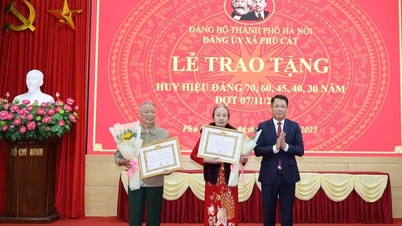









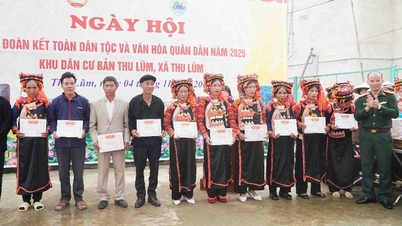

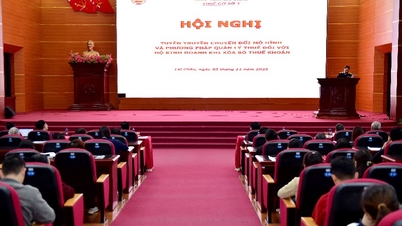
























































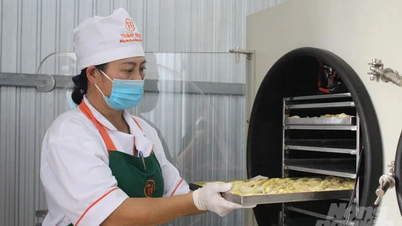














Comment (0)